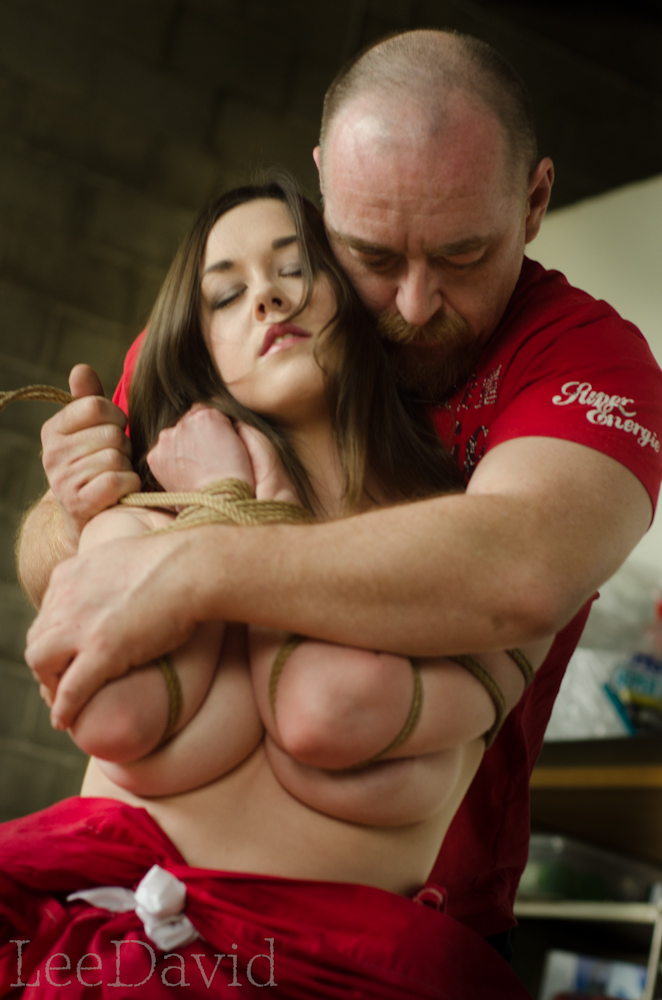Absent mindedness and routine cockups in rope bondage
A friend today made a very good point about when he found things most likely to go wrong in rope bondage. And I absolutely agree with him on this. Often its when you’re doing the routine things, the small things, the things you’ve done a thousand times before. It’s in those moments when you’re running on automatic pilot rather than when you’re working on something on the edge where you’re focused and paying complete attention. You should be able to do some parts of your bondage completely without thought, you should know what you’re doing so well. The mistakes in things you have done a thousand times before happen not because you don’t know how to do it but because you are not focused. It is absence from the moment. It is something unregarded and considered unimportant. All things in rope bondage are important, from the first detail, especially from the first detail. Those brings me to the main point of this article. The need to be present in the moment. Now there is an apparent dichotomy in the concepts that you should know what you’re doing so well that you can do it without conscious thought and the idea that you must be present and focused in the moment. This dichotomy is however only apparent. There is a very big difference between having practised things so well that you can do them automatically i.e. that you have developed muscle memory for an action and by contrast, simply not paying attention to what you’re doing. When you are focused in the moment you are paying attention to all things including those things that you do automatically.


